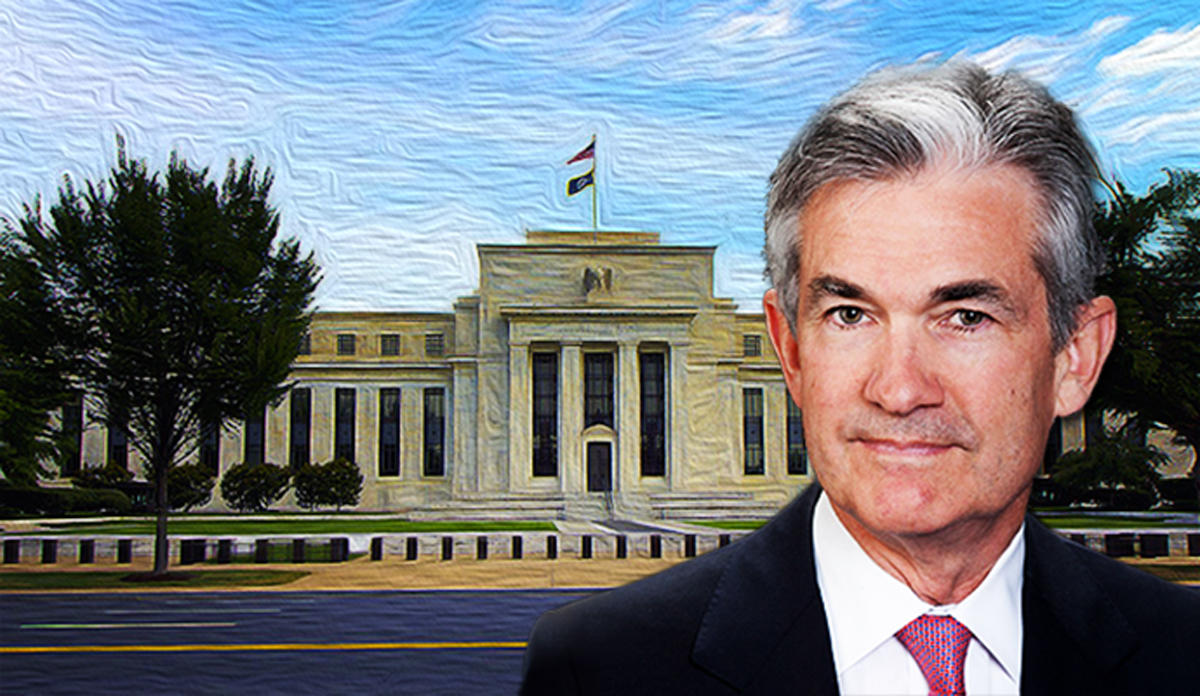Trending
Fed hikes interest rates again, raises outlook for more increases in 2018
Fed officials expect at least four rate increases in 2018, up from previous projection of three

The Federal Reserve announced it will raise interest rates a quarter percentage point on Wednesday, and signaled that it could raise interest rates at least twice more this year.
Most Federal Reserve officials now expect at least four rate increases this year, up from a previous projection in March of three rate increases, according to the Wall Street Journal.
Most officials also expect the Fed will have to raise rates at least three times in 2019 and then at least once in 2020. This would leave rates between 3.25 percent and 3.5 percent by the end of 2020.
In a statement released after the two-day meeting, Federal Reserve officials highlighted a strong labor market and economic activity that has been rising at a solid pace.
Fed officials project gross domestic product increasing 2.8 percent this year, up from an earlier projection of 2.7 percent. At the same time, they project the unemployment rate to fall to 3.6 percent this year, down from earlier projections of 3.8 percent.
The new interest rate guidance shows the Fed will continue to raise short-term rates after reaching a level Fed officials call neutral level, which is where rates neither stimulate nor slow the economy.
The U.S. central bank has upgraded its economic outlook in the past year due to a rise in global growth along with Congress’ approved tax cuts and an increase in federal spending.
The vote to raise interest rates was unanimous among all eight participants.
Raising the benchmark federal funds rate prompts lenders to raise their rates as well, including mortgage rates, which would make home buying more expensive for consumers. [WSJ] — Keith Larsen




